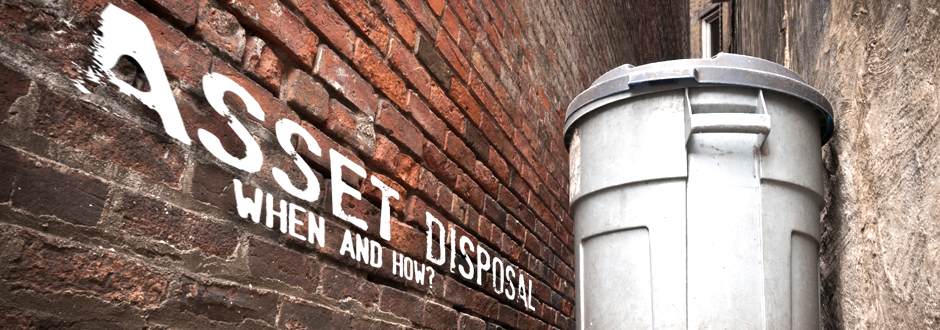Accounting Treatment For Disposal Of Fixed Assets – Find Tips to Record Sale of Fixed Assets With Entries On Gain or Loss in Income Statement Using QuickBooks UK, US or Canada.
When an asset is disposed of, there are standard accounting entries you should follow, especially when you are using an accounting software. To explain this, I will be sharing a typical scenario of an asset disposal for a hypothetical company, let’s call it ABC Health Ltd.
An asset was bought on 1st, January 2017 for N100,000 with an estimated useful life of 10 years expected to be depreciated using straight-line method. At the end of 5th year, the asset was sold for N75,000 to another firm. What is the accounting treatment for disposal of fixed assets in QuickBooks?
Here are steps to treat this transaction in QuickBooks:
For asset purchases:
CR the bank account and DR the asset account with the amount paid, which is N100,000
On depreciation
The asset will be credited with N10,000 (N100k divided by 10 years) while depreciation account will be debited with the same figure. What this means is that the accumulated depreciation after 5 years will be N50,000 (5 x N10,000), leaving the asset with a current value of N50,000.
On disposal:
Compare the value of the asset (N50,000) with the disposal value of N75,000, that will be a profit or loss on disposal of N15,000 which will be debited to the asset account and credited to the income account (of profit or loss) as “gain on disposal of fixed asset”.
The idea on disposal of asset is that if the company receives more than the value of the asset, you recognise gain on sale while the reverse should lead to loss.

